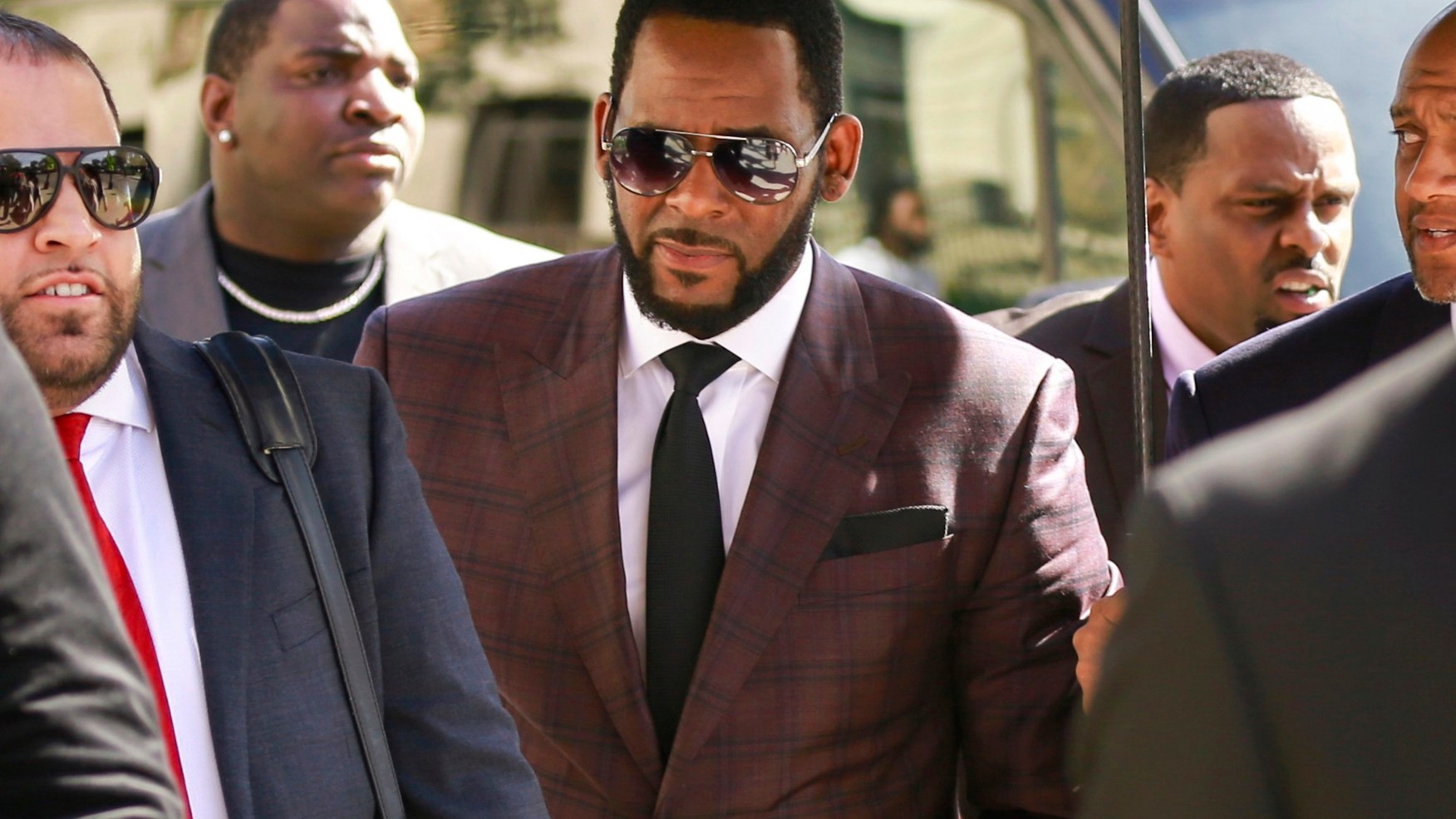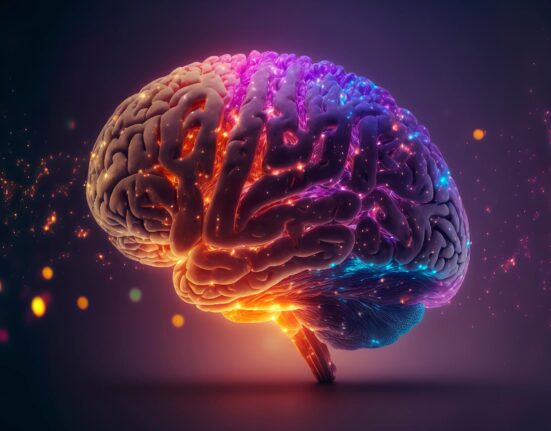Have you ever wondered about the fine line between technology and human expertise? In today’s fast-paced world driven by innovation, it’s essential to navigate this delicate balance. As AI continues to revolutionize various industries, many organizations are at a crossroads, grappling with whether to fully embrace automation or retain human judgment in critical decision-making processes.
In a landscape where success stories of AI implementation abound, the reality behind closed doors paints a different picture. Despite widespread adoption of AI solutions, a significant number of organizations admit that their technological investments have not yielded the expected efficiency gains. The crux of the issue lies in organizations rushing to automate without acknowledging when human intelligence is indispensable.
“It’s crucial for businesses to recognize that artificial intelligence cannot replace every aspect of human decision-making,”
says industry expert Shama Hyder, CEO of Zen Media.
“There are specific areas where human judgment, context, and relationship management play a pivotal role in determining success.”
This dichotomy has given rise to what experts term the “automation paradox.
” While AI excels at certain tasks, there are inherent limitations to its capabilities. For instance, in complex global workforce management scenarios where regulations vary across regions and cultural nuances come into play, human experts provide invaluable insights that algorithms alone cannot deliver.
Similarly, in sectors like financial services grappling with legacy systems and evolving market dynamics, successful organizations combine AI-driven technologies with human interpretation for strategic decision-making. Companies like Dwolla demonstrate how marrying cutting-edge payment processing platforms with human insight can lead to more agile business models and enhanced customer experiences.
The current landscape underscores the necessity for adopting a “
human when it matters” approach towards AI integration. Rather than viewing AI as an all-encompassing solution, organizations are increasingly embracing selective automation strategies. This nuanced framework ensures that while routine tasks can be automated for efficiency gains, critical decisions necessitating contextual understanding remain within the realm of human expertise.
Manufacturing companies exemplify this concept by leveraging AI for operational efficiencies while relying on human judgment for key decisions impacting long-term business goals. Moreover, customer-facing operations highlight the importance of blending AI capabilities with emotional intelligence for effective dispute resolution and high-value client relationships.
As organizations maneuver through these intricacies, startups often find it easier to strike a balance between automation and human intervention due to their agility and lack of legacy constraints. Conversely, mid-size enterprises and large corporations face distinct challenges but can leverage similar principles tailored to their operational scale and complexity.
While AI undoubtedly streamlines operations and reduces costs, critical strategic elements such as relationship management and market intuition remain firmly within the purview of humans. Recent advancements in generative AI tools underscore the imperative for continuous oversight by skilled professionals to mitigate errors and uphold quality standards.
Successful implementation strategies revolve around delineating clear boundaries between automated processes suited for AI intervention and areas requiring nuanced human decision-making. By establishing robust training protocols that empower teams to interpret AI-generated insights within broader contexts while maintaining crucial relationships beyond technology’s reach,
organizations can truly maximize the potential of both artificial intelligence and human judgment in driving sustainable growth.









Leave feedback about this